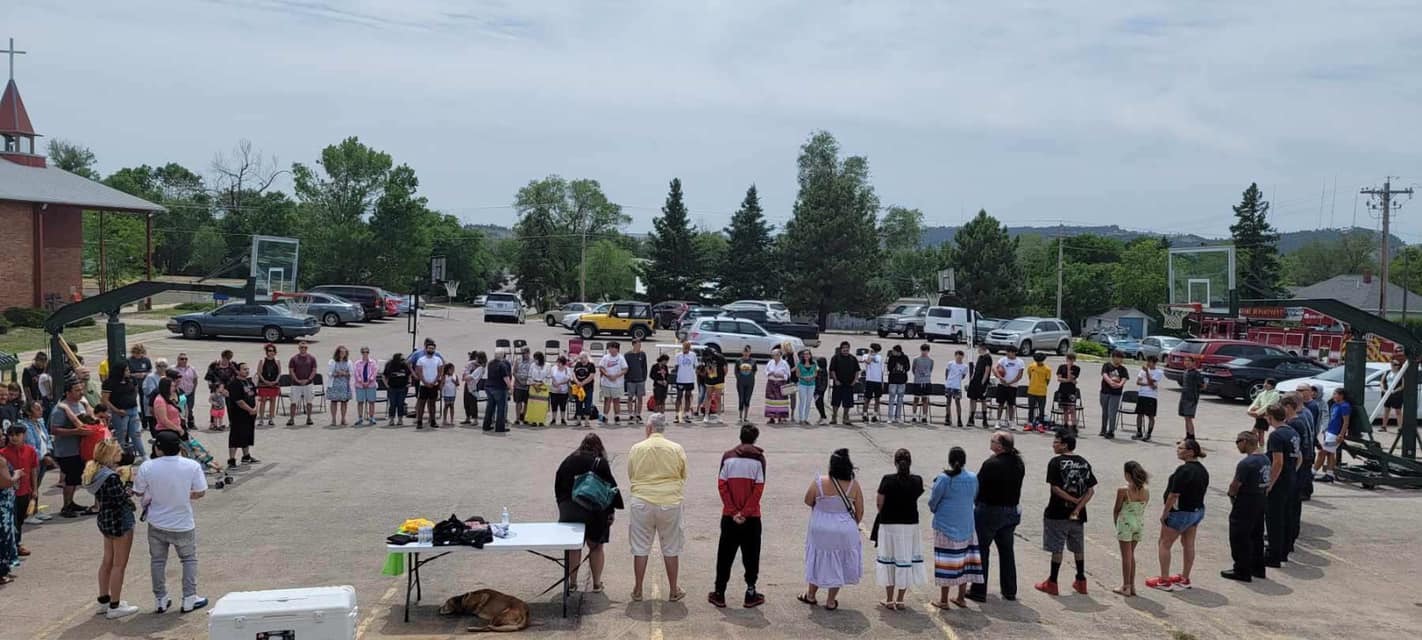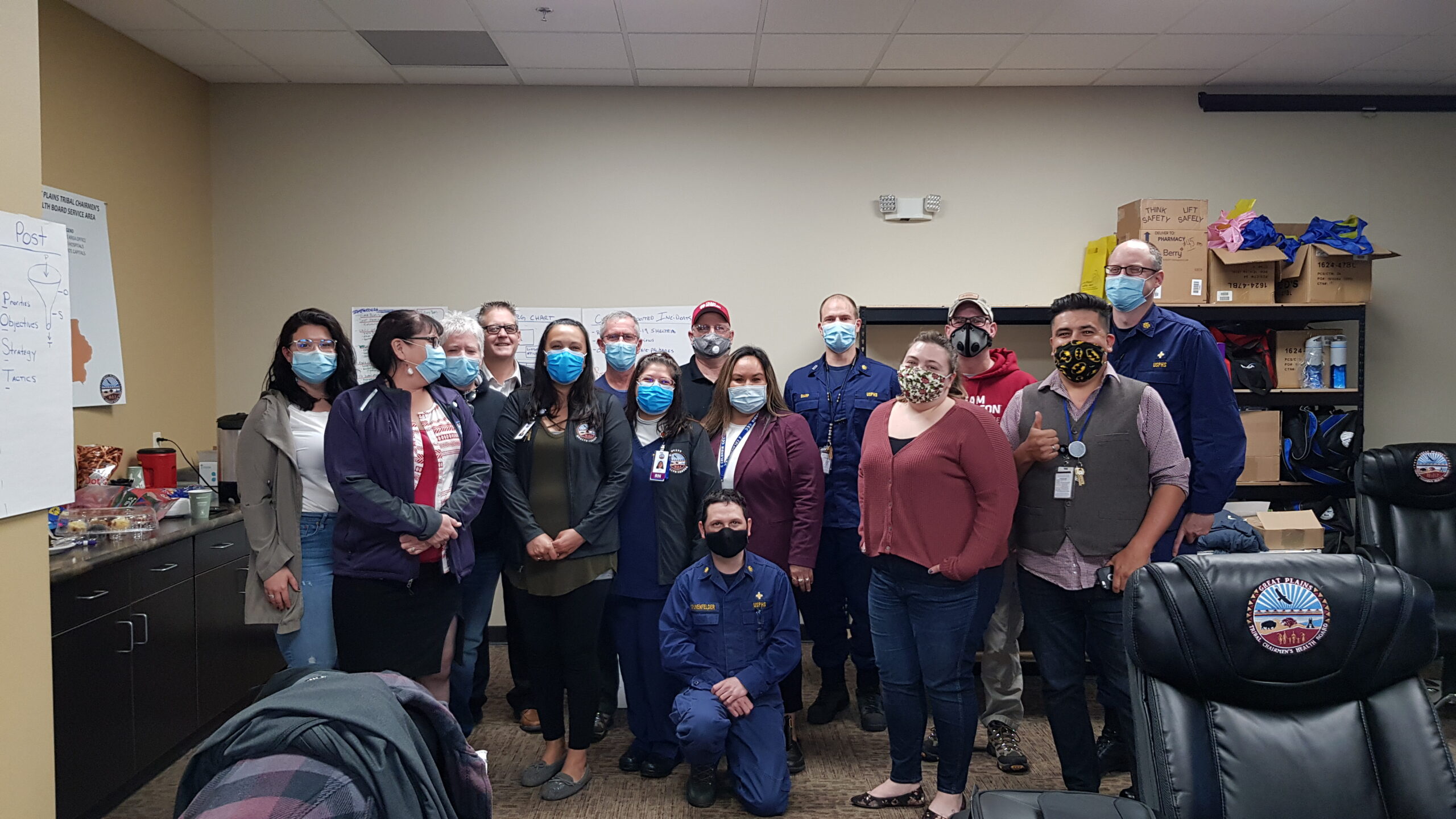Disaster Recovery in Native Communities

It is no exaggeration to say that certain conditions on Native reservations are dire before disasters strike. Nearly every statistic on Native Americans reveals harsh conditions and large disparities compared to non-Native Americans. These disparities are a product of long-term disinvestment in Indigenous communities. In times of disaster, they are left on their own to figure out how to recover, receiving even less public attention and little or no investment from federal and state government, relief organizations and philanthropy.
Funders and NGOs must understand the pre-disaster conditions of Native communities. It is impossible to focus solely on the recovery from a weather-related disaster in marginalized and underserved areas that face poverty, food insecurity, and inadequate and substandard housing.
Working with Native American communities requires building trust and relationships. Disaster recovery in Native communities involves multiple partners, collaboration, and a large investment of time, technical assistance and capacity building.
Our commitment
25% of Midwest Early Recovery Fund grants will go to Native-led/Native-serving organizations.
Your support has a direct and significant impact on our efforts to minimize the impact of disasters in Native communities.
Investing in Native communities
We intentionally seek out disaster-affected Native communities that few others have noticed, let alone invested their time, effort, energy or financial resources.

Resources
Issue Insight
Resources
- 2022 CDP Native Pilot Program Report
- Issue Insight: Indigenous Peoples